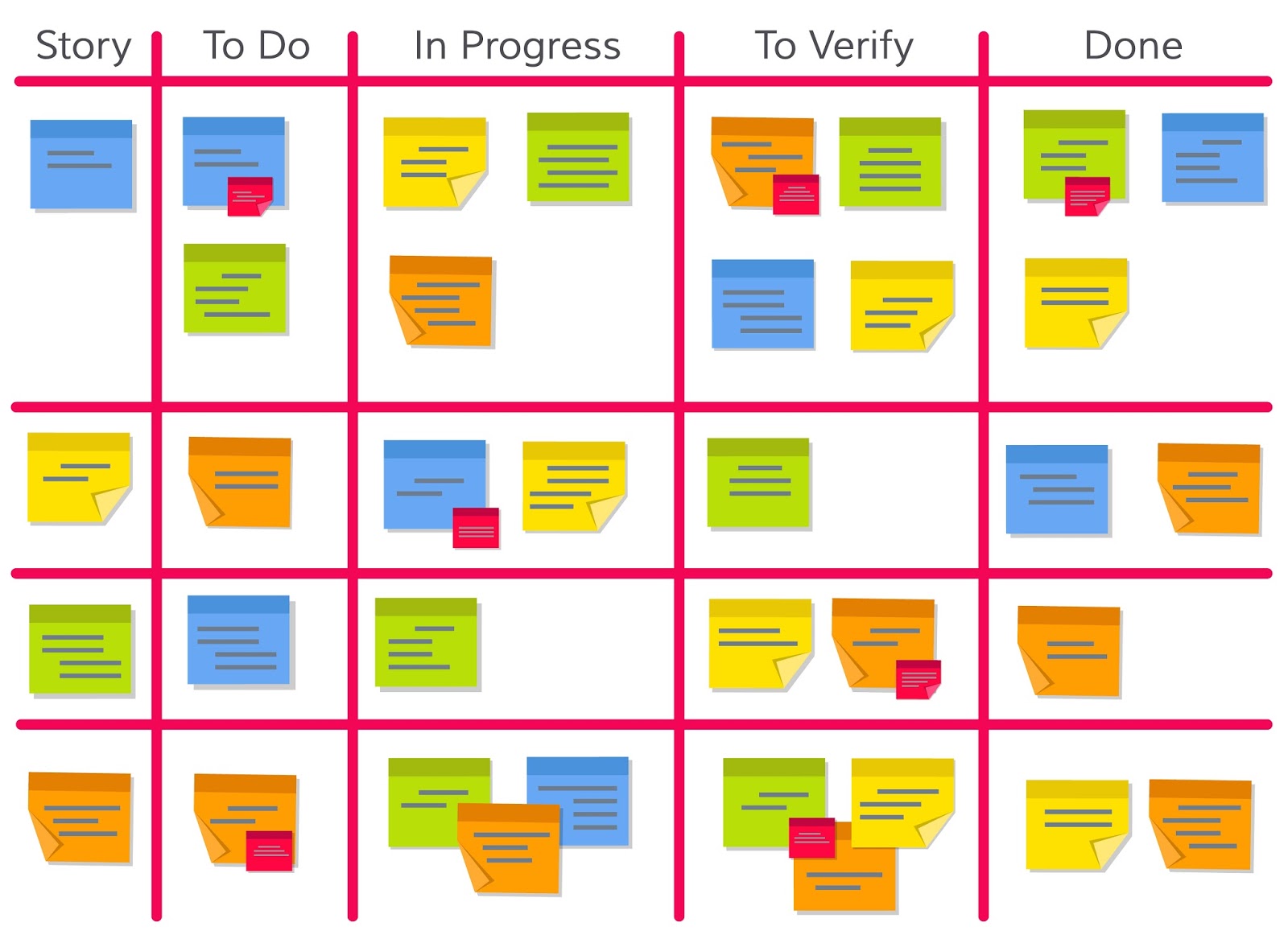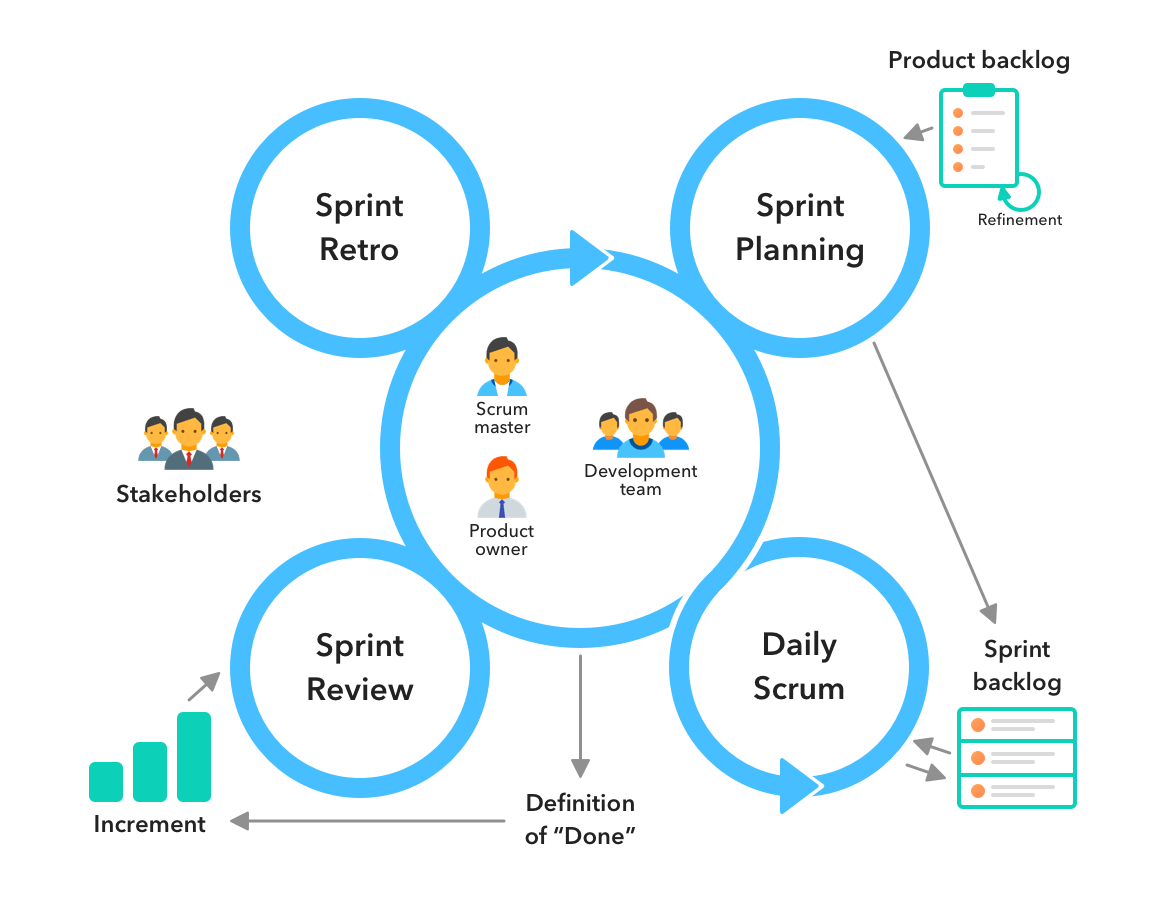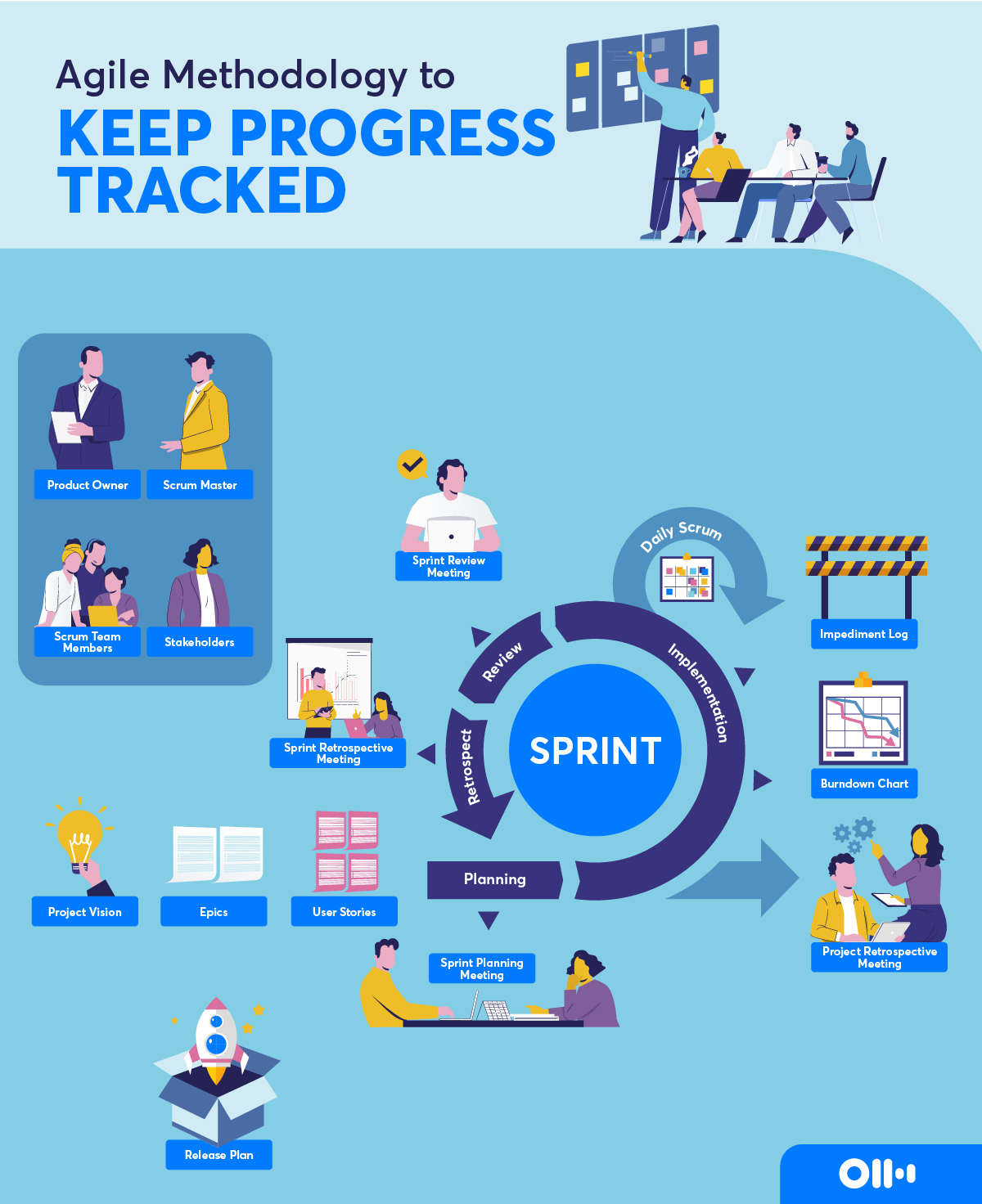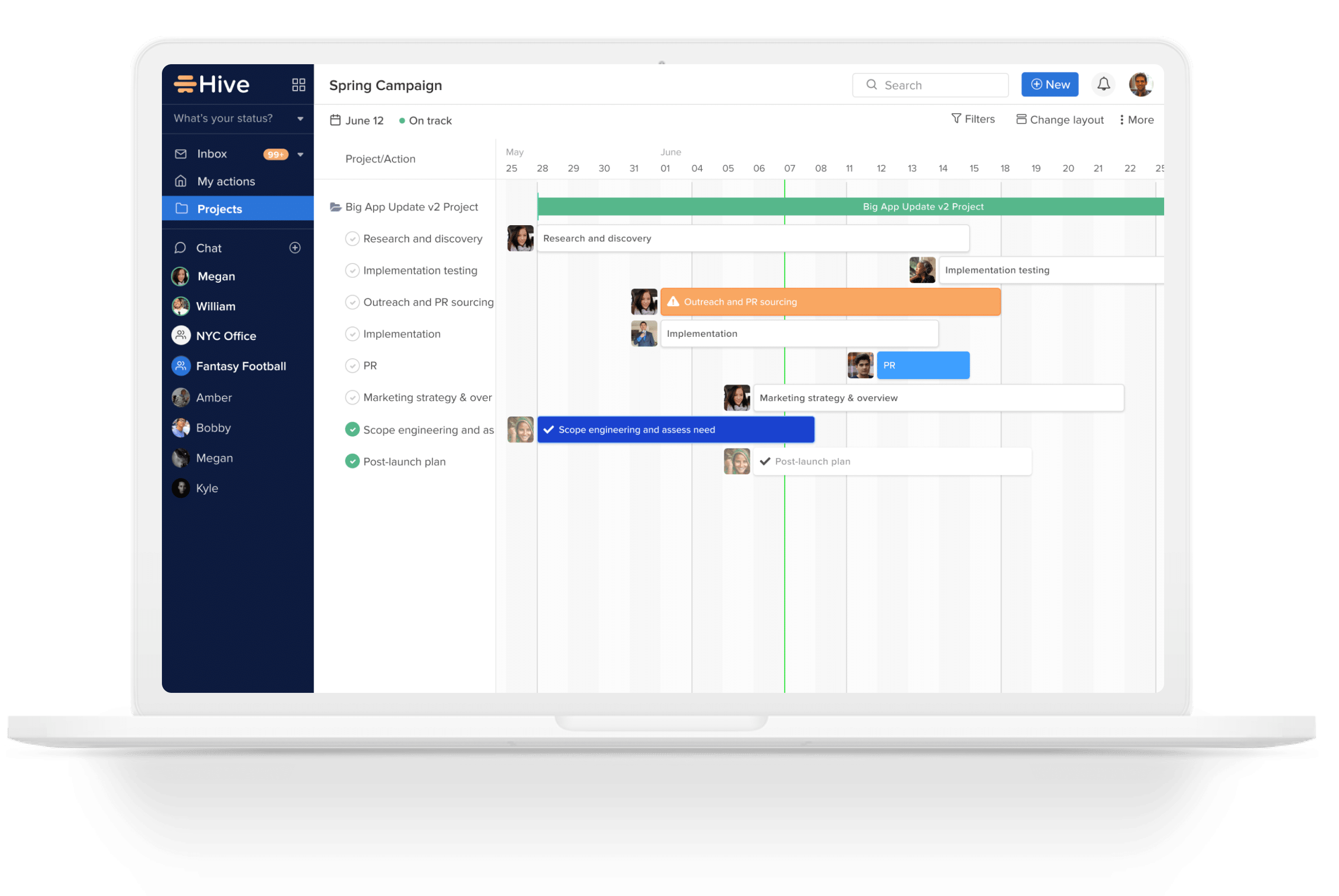Embracing Agile and Scrum: A Catalyst for Innovation and Efficiency in Consulting
In an era where technology metamorphoses before our eyes, the adoption of Agile and Scrum methodologies in project management has emerged as a beacon of efficiency, adaptability, and success. My journey, from the halls of Harvard University focusing on information systems and artificial intelligence, through the innovative landscapes of Microsoft, to steering the helm of DBGM Consulting, Inc., has been underpinned by a continuous pursuit of innovative strategies that drive project success. Today, I aim to discuss how Agile and Scrum methodologies are integral to this pursuit, especially within the realms of artificial intelligence, cloud solutions, and cybersecurity.
The Essence of Agile and Scrum
Agile project management is a iterative approach, which focuses on collaboration, customer feedback, and small, rapid releases. Scrum, a subset of Agile, organizes teams around a fixed schedule of releases, known as sprints, with adjustable goals set before each sprint. This iterative approach has been foundational in our endeavors at DBGM Consulting, Inc., allowing us to remain highly adaptable and responsive to our clients’ evolving needs.
Why Agile and Scrum?
- Flexibility and Adaptability: The fast-paced nature of technology, especially in AI and cloud solutions, demands a project management methodology that accommodates change rather than resists it.
- Customer-Centric Approach: These methodologies facilitate continuous feedback, ensuring that the project evolves in a direction that provides the most value to the client.
- Efficiency and Productivity: By breaking down projects into manageable sprints, teams can focus on high-priority tasks, enhancing productivity and reducing time to market.
Agile and Scrum in My Practice
At DBGM Consulting, Inc., the Agile and Scrum methodologies have not only streamlined our project management processes but have also fostered an environment of innovation and collaborative problem-solving. The iterative process of Scrum, coupled with the flexibility of Agile, aligns seamlessly with our work in developing machine learning models and strategizing cloud migrations. This approach ensures that our solutions are not only technologically advanced but also closely aligned with our clients’ strategic goals.
Case Study: Cloud Migration for a Multinational Corporation
In a recent project, we leveraged Scrum methodologies to facilitate a smooth cloud migration for a global client. The sprint-based approach allowed us to rapidly adapt to the intricacies of their legacy systems, ensuring each phase of the migration was completed within the allotted time frames, while continuously integrating feedback from the client’s IT team.

Challenges and Considerations
While Agile and Scrum offer numerous benefits, their implementation is not without challenges. A significant shift in mindset is required—from a traditional waterfall model to a more dynamic, iterative approach. Moreover, the success of these methodologies heavily relies on clear communication, collaboration, and commitment from all stakeholders involved.
Conclusion
The journey of integrating Agile and Scrum methodologies into the fabric of DBGM Consulting, Inc. has been transformative, driving efficiency, innovation, and client satisfaction across all our projects. As we navigate the ever-evolving landscape of technology, the principles of Agile and Scrum remain our guiding stars, constantly pushing us towards greater heights of achievement and customer value. For fellow technology leaders and enthusiasts, I share this insight: embracing these methodologies can indeed be a game-changer, catapulting your projects and teams to unprecedented success.
Further Reading
For those interested in a deeper dive into this topic, I recommend revisiting some of my previous discussions:
- Unraveling Bayesian Networks: Bridging Uncertainty in AI
- Exploring the Revolution: AI-Driven Bionic Limbs in Orthopedics
- Exploring the Evolving Landscape of Technology: Innovations Shaping Our Future
Embracing Agile and Scrum in today’s dynamic project environments is more than just a methodology; it’s a philosophy that encourages continuous improvement, teamwork, and delivering high-quality products efficiently and effectively. As we move forward, let’s keep these methodologies at the core of our project management strategies to foster an innovative, resilient, and client-centered culture.
 >
> >
> >
>